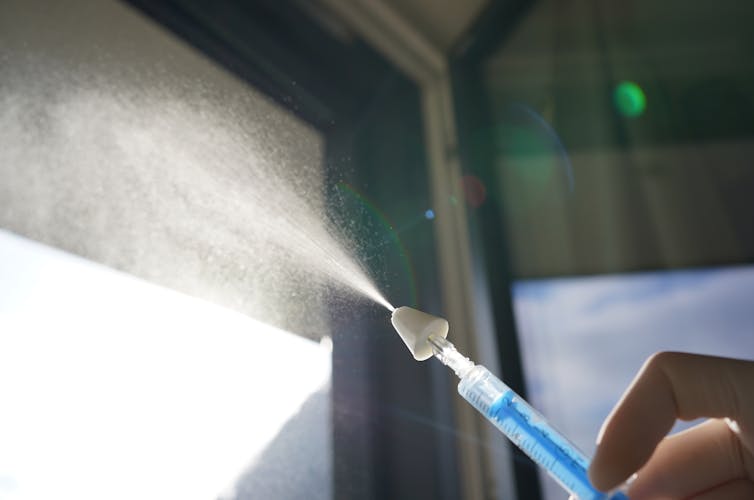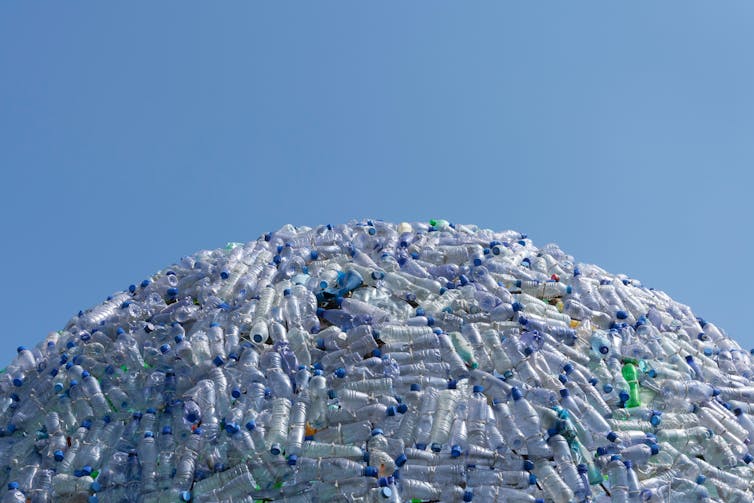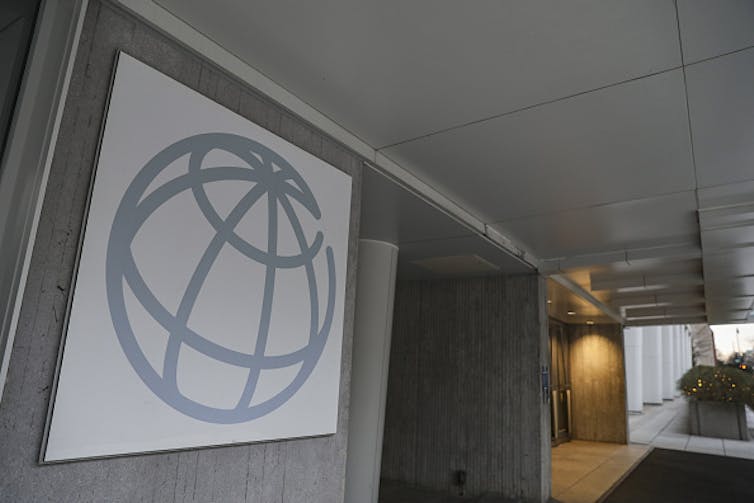As the global musical phenomenon turns 50, a hip-hop professor explains what the word ‘dope’ means to him

After I finished my Ph.D. in 2017, several newspaper reporters wrote about the job I’d accepted at the University of Virginia as an assistant professor of hip-hop.
“A.D. Carson just scored, arguably, the dopest job ever,” one journalist wrote.
The writer may not have meant it the way I read it, but the terminology was significant to me. Hip-hop’s early luminaries transformed the word’s original meanings, using it as a synonym for cool. In the 50 years since, it endures as an expression of respect and praise – and illegal substances.
In that context, dope has everything to do with my work.
In the year I graduated from college, one of my best friends was sent to federal prison for possession of crack cocaine with intent to distribute. He served nearly a decade and has been back in prison several times since.
But before he went to prison, he helped me finish school by paying off my tuition.
In a very real way, dope has as much to do with me finishing my studies and becoming a professor as it does with him serving time in a federal prison.
Academic dope
For my Ph.D. dissertation in Rhetorics, Communications, and Information Design, I wrote a rap album titled “Owning My Masters: The Rhetorics of Rhymes & Revolutions.” A peer-reviewed, mastered version of the album is due out this summer from University of Michigan Press.
Part of my reasoning for writing it that way involved my ideas about dope. I want to question who gets to determine who and what are dope and whether any university can produce expertise on the people who created hip-hop.
While I was initially met with considerable resistance for my work at Clemson, the university eventually became supportive and touted “a dissertation with a beat.”
Clemson is not the only school to recognize hip-hop as dope.
In the 50 years since its start at a back-to-school party in the South Bronx, hip-hop, the culture and its art forms have come a long way to a place of relative prominence in educational institutions.
Since 2013, Harvard University has housed the Hiphop Archive & Research Institute and the Nasir Jones Hiphop Fellowship that funds scholars and artists who demonstrate “exceptional scholarship and creativity in the arts in connection with Hiphop.”
UCLA announced an ambitious Hip Hop Initiative to kick off the golden anniversary. The initiative includes artist residencies, community engagement programs, a book series and a digital archive project.
Perhaps my receiving tenure and promotion at the University of Virginia is part of the school’s attempt to help codify the existence of hip-hop scholarship.
When I write about “dope,” I’m thinking of Black people like drugs to which the U.S. is addicted.
Dope is a frame to help clarify the attempts, throughout American history, at outlawing and legalizing the presence of Black people and Black culture. As dope, Black people are America’s constant ailment and cure.
To me, dope is an aspiration and a methodology to acknowledge and resist America’s steady surveillance, scrutiny and criminalization of Blackness.
By this definition, dope is not only what we are, it’s also who we want to be and how we demonstrate our being.
Dope is about what we can make with what we are given.
Dope is a product of conditions created by America. It is also a product that helped create America.
Whenever Blackness has been seen as lucrative, businesses like record companies and institutions like colleges and universities have sought to capitalize. To remove the negative stigmas associated with dope, these institutions cast themselves in roles similar to a pharmacy.
Even though I don’t believe academia has the power or authority to bestow hip-hop credibility, a question remains – does having a Ph.D and producing rap music as peer-reviewed publications change my dopeness in some way?
Legalizing dope
Though I earned a Ph.D by rapping, my own relationship to hip-hop in academic institutions remains fraught.
Part of the problem was noted in 2014 by Michelle Alexander, a legal scholar and author of “The New Jim Crow,” when she talked about her concerns about the legalization of marijuana in different U.S. states.
“In many ways the imagery doesn’t sit right,” she said. “Here are white men poised to run big marijuana businesses … after 40 years of impoverished black kids getting prison time for selling weed, and their families and futures destroyed. Now, white men are planning to get rich doing precisely the same thing?”
I feel the same way about dopeness in academia. Since hip-hop has emerged as a global phenomenon largely embraced by many of the “academically trained” music scholars who initially rejected it, how will those scholars and their schools now make way for the people they have historically excluded?
This is why that quote about me “scoring, arguably, the dopest job ever” has stuck with me.
I wonder if it’s fair to call what I do a form of legalized dope.
America’s dope-dealing history
In the late 1990s, I saw how fast hip-hop had become inescapable across the U.S., even in the small Midwestern town of Decatur, Illinois, where I grew up with my friend who is now serving federal prison time.
He and I have remained in contact. Among the things we discuss is how unlikely it is that I would be able to do what I do without his doing what he did.
Given the economic realities faced by people after leaving prison, we both know there are limitations to his opportunities if we choose to see our successes as shared accomplishments.
Depending on how dope is interpreted, prisons and universities serve as probable destinations for people who make their living with it. It has kept him in prison roughly the same amount of time as it has kept me in graduate school and in my profession.
This present reality has historical significance for how I think of dope, and what it means for people to have their existence authorized or legalized, and America’s relationship to Black people.
Many of the buildings at Clemson were built in the late 1880s using “laborers convicted of mostly petty crimes” that the state of South Carolina leased to the university.
Similarly, the University of Virginia was built by renting enslaved laborers. The University also is required by state law to purchase office furniture from a state-owned company that depends on imprisoned people for labor. The people who make the furniture are paid very little to do so.
The people in the federal prison where my friend who helped me pay for college is now housed work for paltry wages making towels and shirts for the U.S. Army.
Even with all of the time and distance between our pasts and present, our paths are still inextricably intertwined – along with all those others on or near the seemingly transient line that divides “legal” and “illegal” dope.
A.D. Carson, Assistant Professor of Hip-Hop, University of Virginia
This article is republished from The Conversation under a Creative Commons license. Read the original article.



















